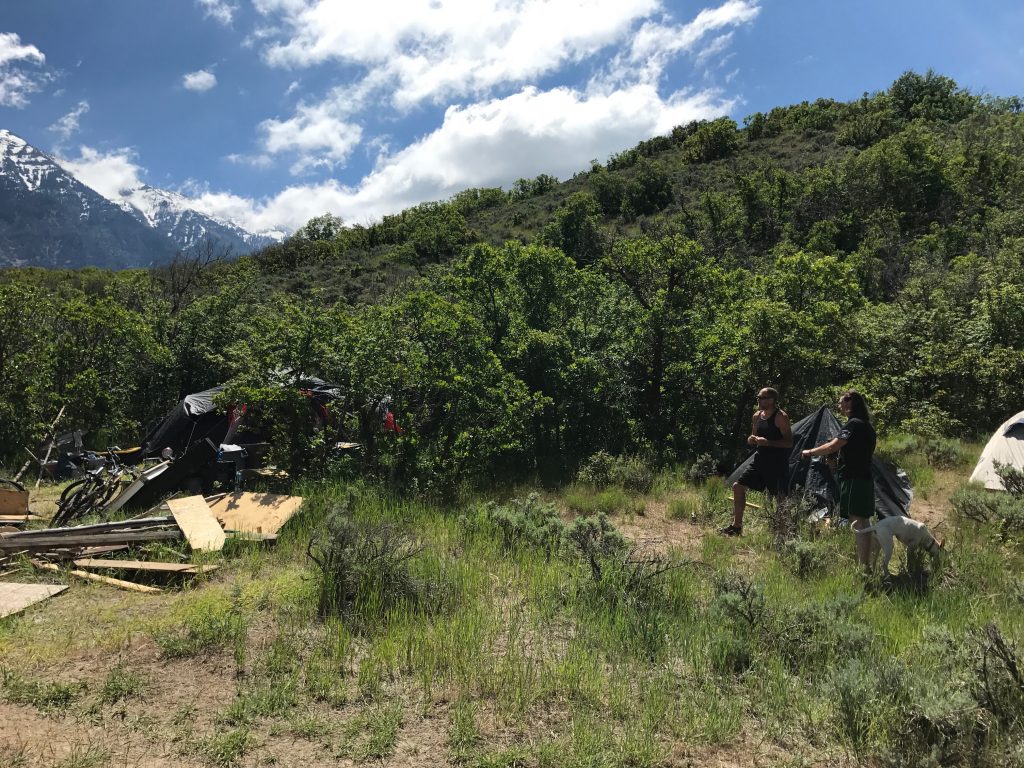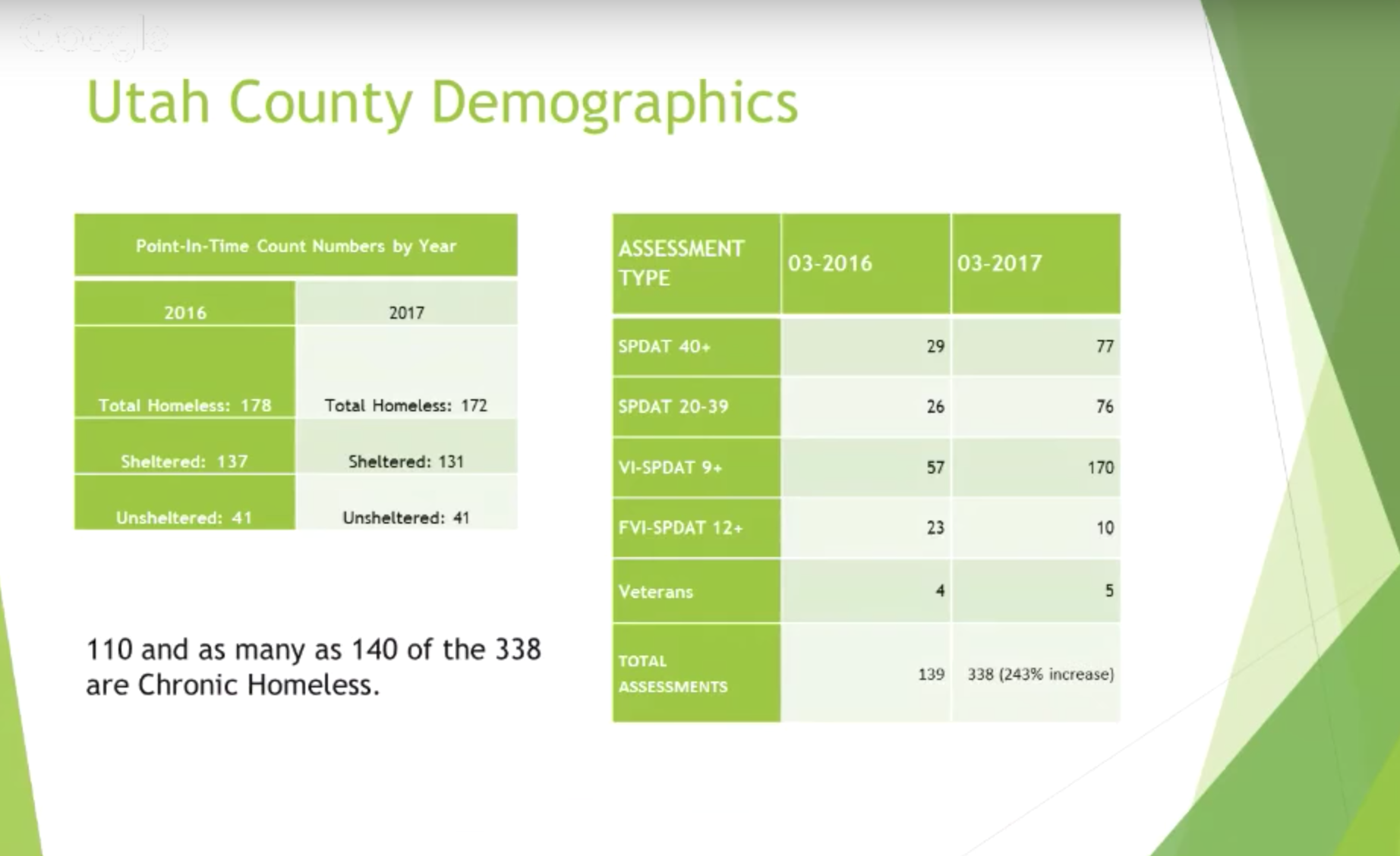
Homeless individuals find themselves on the street in part because of a shortage of low-income housing, the majority of which appears to be going to married BYU students, said Provo City Council member Kim Santiago
Provo City Council member Dave Knecht said Provo has never had sufficient affordable housing.
“We don’t have enough to handle the amount of homeless people here, and that leaves the question of what do we do about it,” Knecht said.
Several housing complexes within city limits are labeled as low-income housing, but married BYU students are typically the ones who fill those units surrounding the downtown area, according to Santiago. Even when homeless people are able to get into low-income housing, they end up back on the street when those apartments undergo renovations, Santiago said.
Knecht said the biggest obstacle to solving Provo’s homeless situation is money.
“Whether it’s programs or facilities or salaries, you’ve got to have money to build, run and hire staff for additional housing units,” Knecht said. “The city itself does not have money in its budget for the homeless other than funds allocated to social services.”

The funds allocated to social services are somewhere between $200,000 and $300,000 for the current year, according to Knecht, and building more housing units would take millions of dollars that the city budget doesn’t have.
Santiago recently helped organize a meeting to better understand the scope of homelessness in Provo May 2, 2017.
While reports presented in the City Council work meeting indicated there is enough affordable housing in Provo, the report did not factor in students and young married families occupying many of these units, Knecht said.
Santiago said Provo citizens and BYU students can help the homeless by donating their time and resources and directing homeless individuals to these services. She also said people can talk about “the need to help people be more accepting of low-income or homeless individuals in their neighborhoods.”
During the work meeting discussion, the council decided affordable housing would continue to be discussed in subsequent meetings.
Downtown Provo has changed dramatically in recent years with the emergence of new shops, restaurants and the Provo City Center Temple. Provo police have reported an increasing number of individuals on the street they do not recognize, Santiago said.
“I am concerned with the comments police have made concerning new homeless individuals they don’t know, and I want to understand how many homeless are coming into the city, where they are coming from and why they are coming,” Santiago said.
Homeless individuals Shaun Glazier and Wayne Seeley live in the Provo area. Both men said their life experiences left them without much money.
Glazier said it’s important for others to realize homeless people aren’t very different from those with homes.
“We’re just like them — we just don’t live in a brick and mortar house,” Glazier said. “We still have a place we stay, our daily lives and our routines. We still do 90 percent of what they do. We’re still humans.”
The total number of homeless people in Provo in March 2017 was listed as 172, compared to 178 in March of 2016, according to the presentation from the Council’s work meeting. Despite the decrease, Santiago said she is still concerned.
Every year, all local service providers are required to participate in a point-in-time count to measure the number of homeless individuals within Utah County. The service providers and volunteers count the number of homeless individuals they see in late January, according to Brent Crane, executive director of the Food and Care Coalition in Provo, in his presentation at the work meeting.

The numbers may not reflect a major change in the number of homeless individuals, but they almost may not be accurate.
“I have my own personal feelings about the methodology of the effectiveness and accuracy of that count, but that is what we are required to do,” Crane said during the meeting.
Services for homeless individuals are available in Provo, including the Food and Care Coalition, Community Action Food Bank, Provo City Housing Authority, Shelter Plus Care and Wasatch Mental Health.




